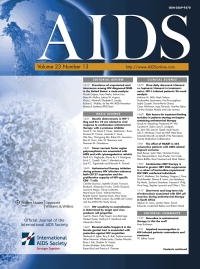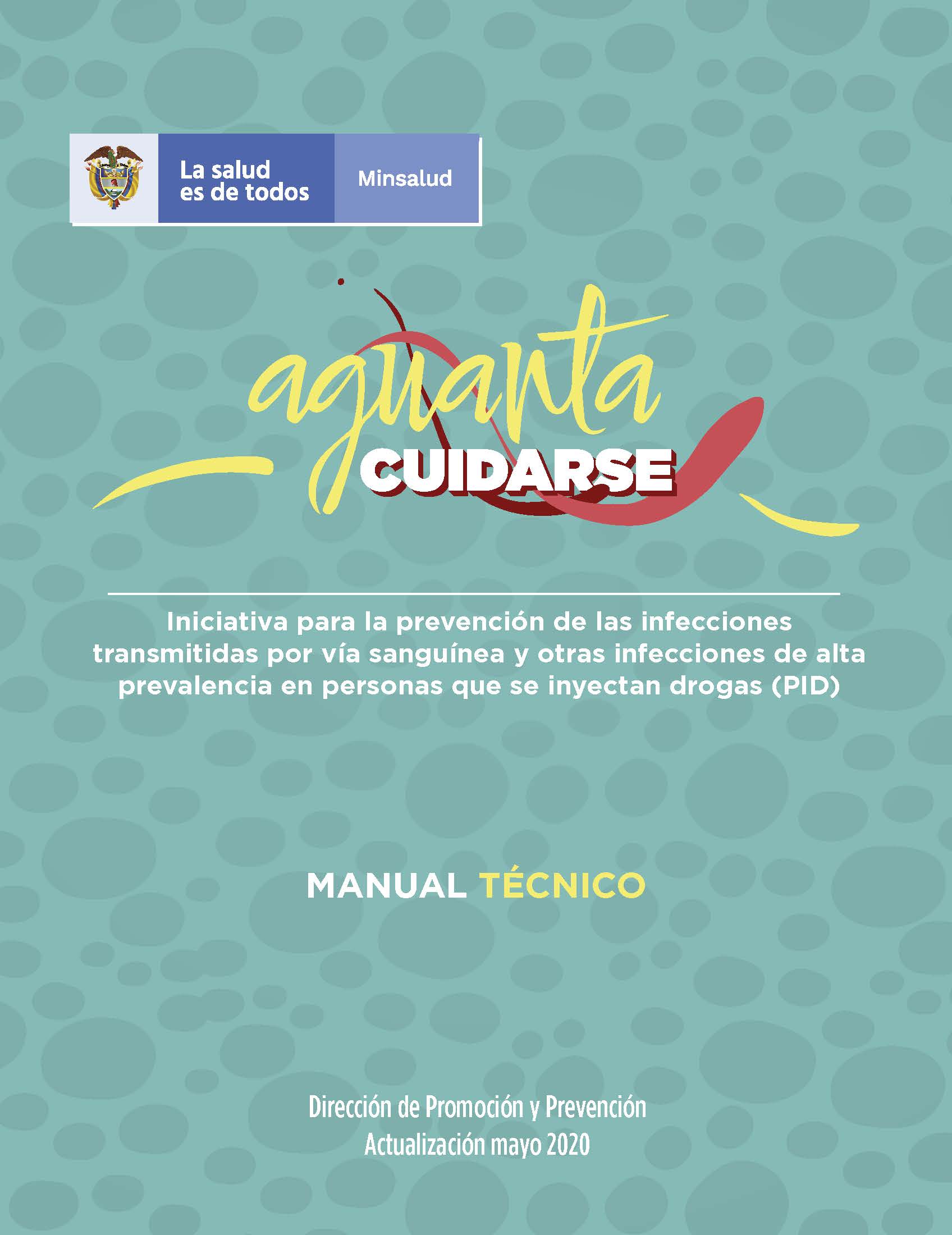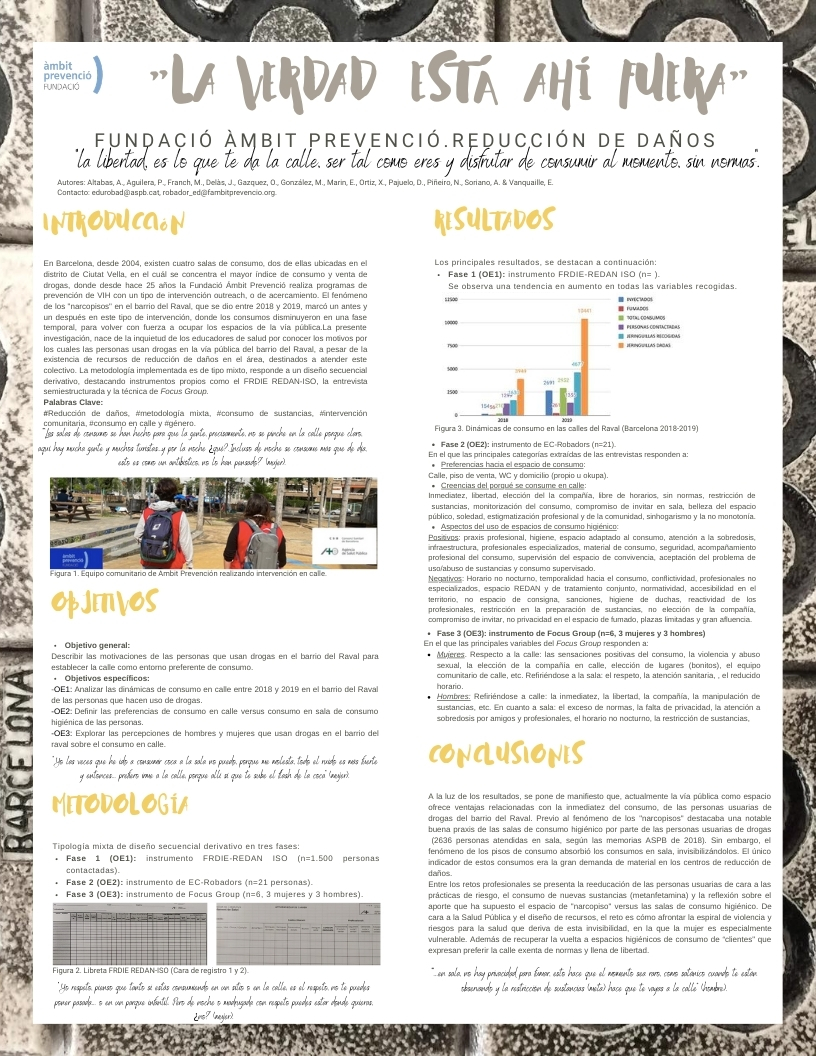Resum
OBJECTIVES: Current harm reduction strategies will probably remain insufficient to eliminate HIV transmission among drug users. We aimed to estimate the HIV seroconversion rate among drug users followed at a harm reduction unit (HRU) to evaluate the potential use of preexposure prophylaxis as a prevention tool. DESIGN AND METHODS: A cohort of drug users has been followed at an HRU in Madrid between 2013 and 2016. Individuals who were HIV negative at baseline and who had at least one retest for HIV infection were eligible. Kaplan-Meier methods were employed to estimate the incidence density. RESULTS: A total of 954 drug users had at least an HIV test. At baseline, 260 were HIV negative and had at least one follow-up HIV test. After 330.89 person-years of risk for HIV infection, 10 (3.8%) seroconverted. Overall incidence density of HIV seroconversion was 3.02 [95% confidence interval (CI); 1.4-5.5] per 100 person-years, with differences according to hepatitis C virus (HCV) serostatus: 1.17 (95% CI; 0.1-4.2) per 100 person-years in negative HCV individuals and 4.98 (95% CI; 2.1-9.8) per 100 person-years in positive HCV individuals. In the multivariable analysis, infection with HCV remained independently associated with time to HIV seroconversion (adjusted hazard ratio = 6.43; 95% CI; 1.1-36.5, P = 0.035). CONCLUSION: Despite efforts in HIV prevention in a HRU, a high incidence of HIV was found among active drug users. Positive HCV status is a strong predictor of HIV seroconversion. In this context, preexposure prophylaxis implementation should be considered as an additional tool for HIV prevention in this population.






